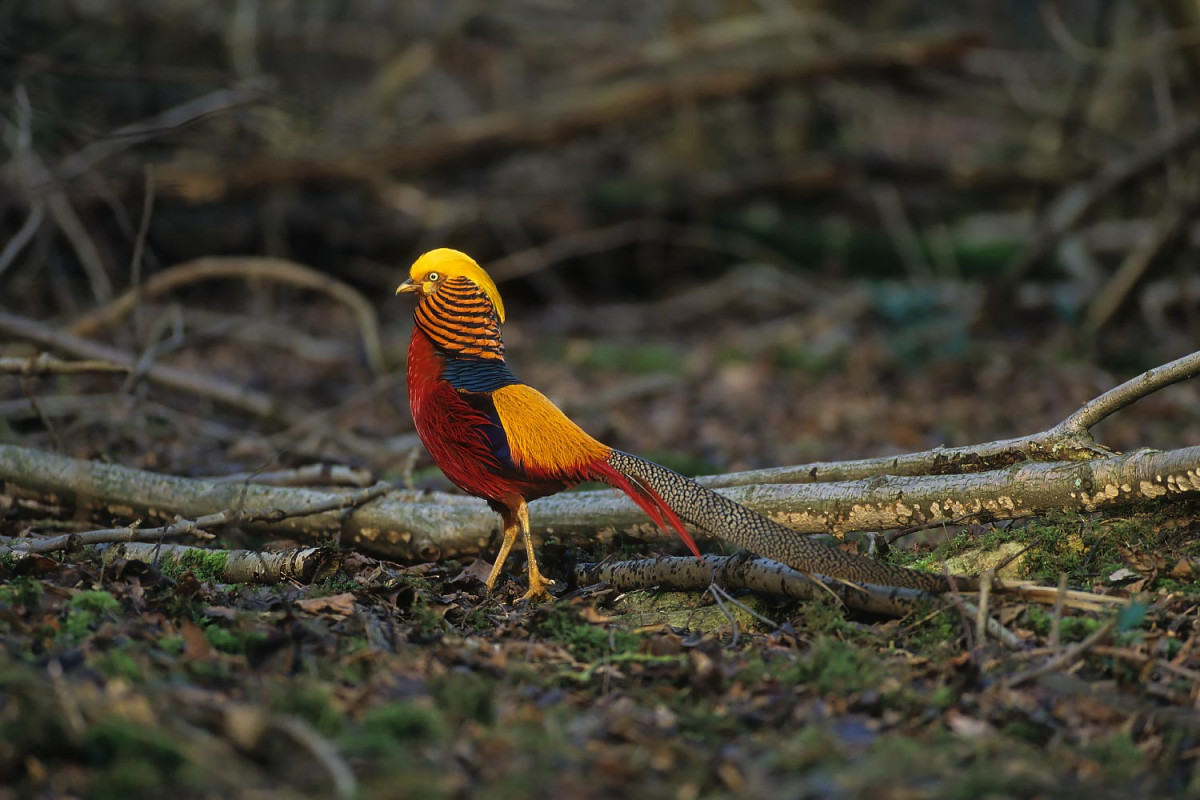Of the many curious facts about this highly-studied creature, its ability to live without a head… for a while anyway… has got to be one of the creepiest.
But before outright telling you how long a cockroach can survive without a head, let’s look at the science behind why it’s possible at all. Because there’s something remarkable about a creature that can scoot across your kitchen floor, even when it’s missing its noggin.
A Headless Cockroach Isn’t Going to Bleed to Death From Its Wound
Even for major catastrophes like losing a head, cockroaches don’t bleed very much. Unlike humans, they have an open circulatory system: A system for distributing blood through their bodies that doesn’t depend on a closed network of arteries and veins. Their blood doesn’t pump under pressure like ours, but just sort of sloshes around, making its way into the cockroach’s tissues.
The great thing about this system – if you’re someday going to be headless – is that when a major wound occurs, blood doesn’t suddenly get forced out. For a cockroach that loses its head, the blood just clots at the neck. The cockroach will have a nasty scab for sure (where its head used to be), but it won’t die from loss of blood.
A Headless Cockroach Isn’t Going to Suffocate
Unlike humans, cockroaches don’t breath through a nose or their mouth. Instead they breathe through small holes in their bodies called spiracles that don’t need a brain to direct them. No nose, no mouth, and no need for a brain to regulate your breathing means that you can breathe all you want to without a head.
So that’s a second hurdle that won’t stop a cockroach. It won’t suffocate from its catastrophe.
A Headless Cockroach Can Get By Without a Brain
Cockroaches do in fact have brains. And they use them. It’s just that cockroaches don’t really need them that much.
In addition to brains, they have nerve tissues that control reflexes throughout their bodies, and these are distributed within each body segment. If a cockroach loses its head and brain, the nerve tissues (known as nerve tissue agglomerations) continue doing their job, providing the strange headless creature a fairly normal life. It can stand, react to touch, and move around.
In fact, aside from looking like something out of a horror movie or your worst nightmare, a headless cockroach behaves a lot any other cockroach.











